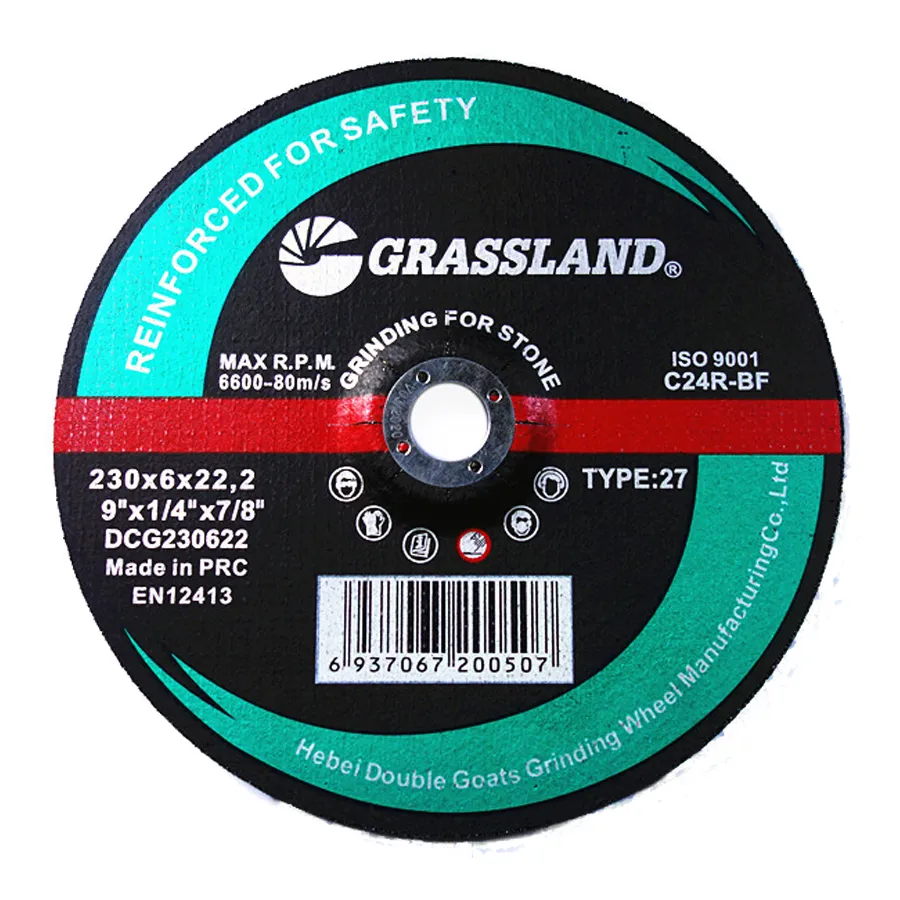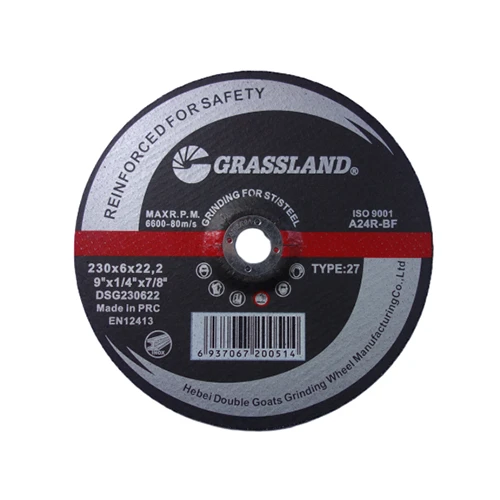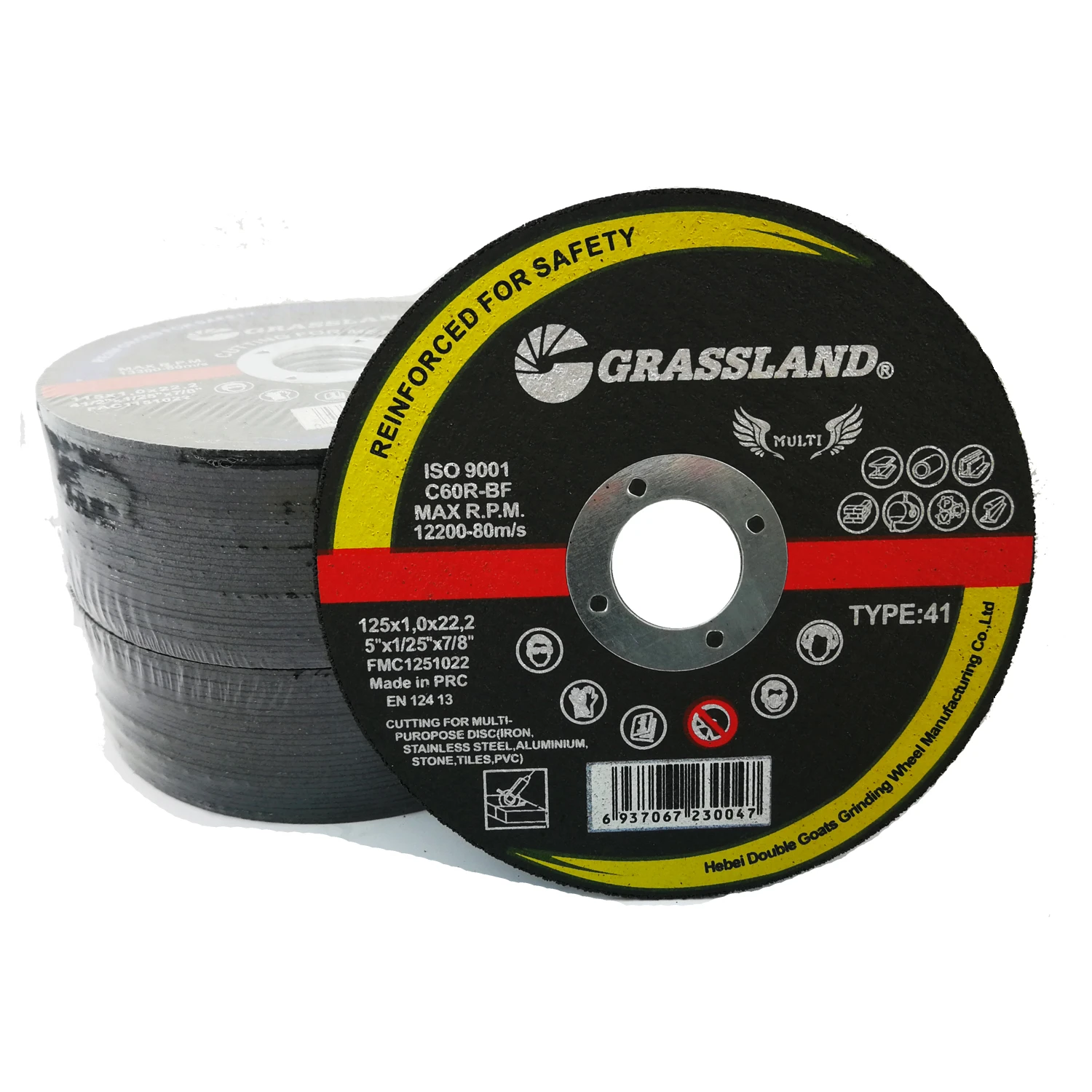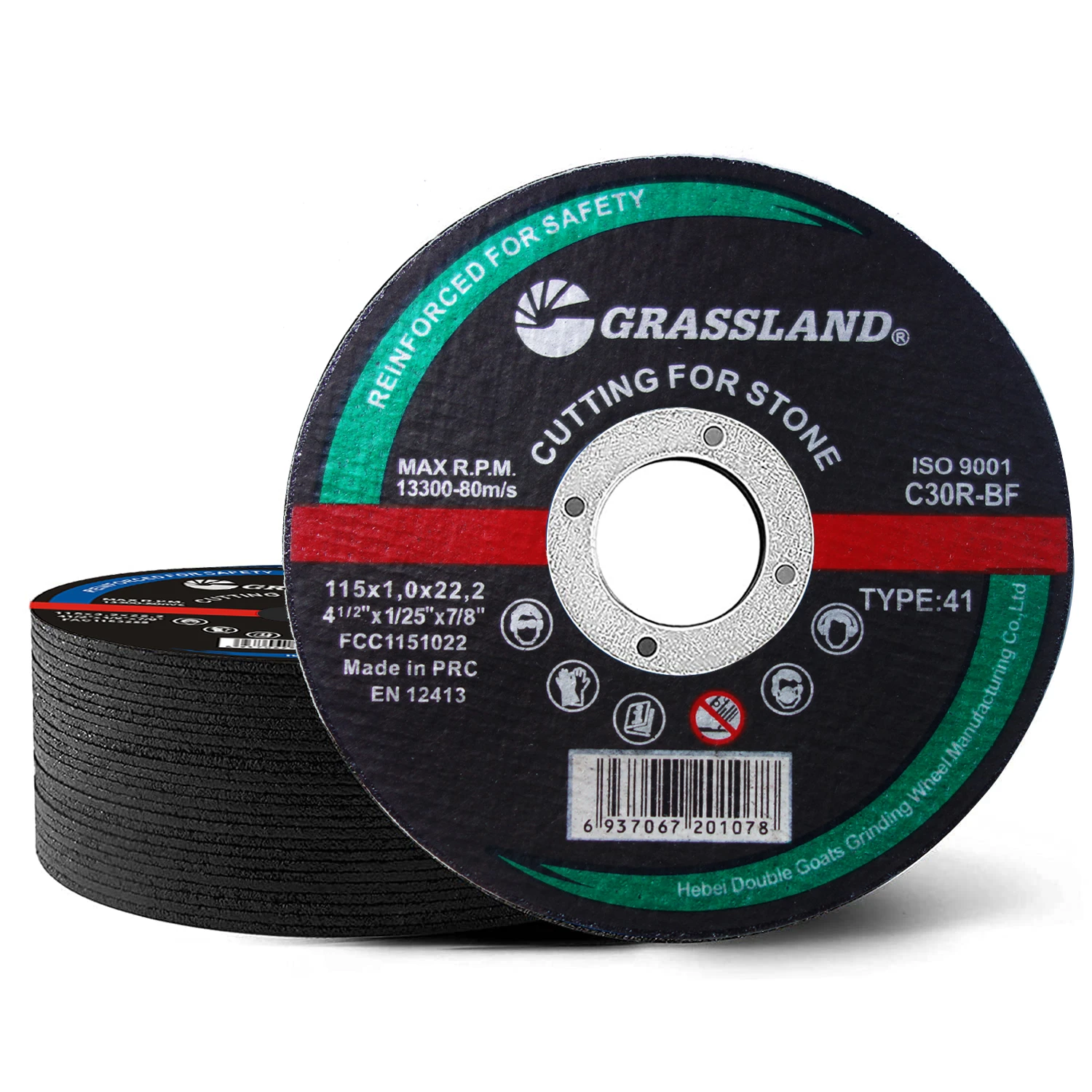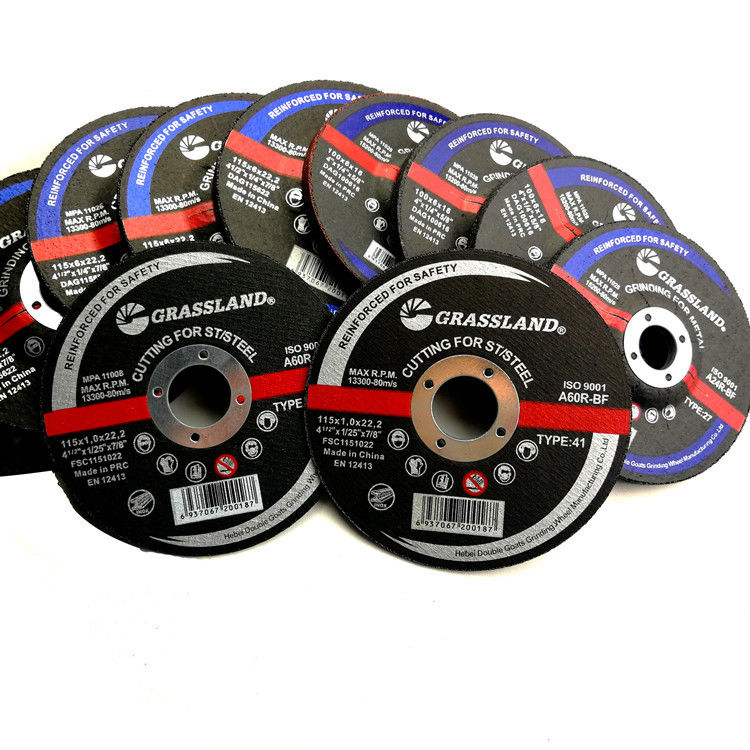Cutting aluminum demands precision, power, and the appropriate tools for the job. Unlike steel or iron, aluminum is a softer, more malleable metal that reacts differently under friction. That’s why choosing the right cutting disc isn’t just a matter of performance—it’s about safety, efficiency, and longevity. Whether you're handling large sheets in a fabrication plant or trimming components for automotive use, using the correct disc ensures clean cuts, minimal waste, and a lower risk of burrs or overheating.
Professionals and DIYers alike often underestimate how specialized cutting aluminum can be. Using a general-purpose wheel on aluminum can lead to poor results, shortened disc life, and dangerous kickbacks. To avoid these problems, it’s critical to use discs specifically engineered for aluminum's properties—abrasives that reduce clogging, minimize friction, and deliver clean edges without smearing or melting the material.

Material Matters Most When Cutting Aluminum with Cut Off Wheel Types
When you're cutting aluminum with cut off wheel products, material compatibility is everything. Aluminum tends to clog up standard wheels, leading to reduced performance and potential overheating. Specialized aluminum cutting wheels, often made with softer abrasive grains and lubricants, counteract this issue. They prevent build-up and reduce the chances of sparks igniting airborne aluminum dust. It's these engineering subtleties that make a massive difference in long-term tool performance.
Using a wheel designed for steel on aluminum might work for a few cuts—but over time, the risk of metal buildup increases, affecting both safety and surface finish. Investing in a dedicated aluminum cutting wheel pays off quickly in speed and reduced wear. Moreover, aluminum-specific discs operate cooler, which maintains the integrity of thin materials and reduces warping or structural compromise.
Find Better Finish Quality with Optimized Cutting Discs for Aluminum Projects
The ideal cutting discs for aluminum aren’t just about getting through the metal—they also influence the post-cut quality. Since aluminum is prone to smearing, the disc must be sharp, free-cutting, and cool-running. Many premium discs include additives that function as lubricants during operation, preventing gumming and improving both efficiency and surface finish.
Another factor to consider is disc thickness. Thinner discs create less friction and leave cleaner edges, but they wear faster and may be less durable for repeated cuts. For aluminum, a balance between durability and precision is crucial. Matching disc thickness to material gauge ensures consistent results while prolonging tool life. Safety is also enhanced, as overheating and binding risks are reduced significantly.
Reliable Performance Starts with the Right Cutting Wheel for Aluminium Tools
Selecting the right cutting wheel for aluminium helps reduce downtime and tool replacement. Whether mounted on an angle grinder, chop saw, or stationary cutter, the disc's design must handle aluminum’s low melting point and high ductility. Many aluminum wheels feature silicon carbide or specially treated aluminum oxide as abrasives, which prevent clogging and heat buildup.
Cutting wheels optimized for aluminum typically include a resin bond that supports aggressive cutting while limiting particle embedding. This means fewer finishing steps and higher-quality components straight off the saw. Whether you're shaping extrusions or trimming aluminum sheet metal, the proper wheel boosts productivity and ensures compliance with shop safety standards.
Avoid Common Mistakes When Choosing a Disc for Cutting Aluminum Efficiently
One major mistake beginners make is selecting a general-purpose blade rather than a proper disc for cutting aluminum. While this may seem like a money-saver upfront, it often results in poor-quality cuts, unsafe work environments, and higher long-term costs. A proper aluminum disc avoids these issues with built-in design features that facilitate clean, fast cutting with reduced effort.
Another overlooked factor is RPM compatibility. Always match the disc to the speed rating of your power tool. Using an aluminum-specific disc on an over-speed tool increases the chance of disc failure. Safety labels, disc size, and arbor compatibility are equally vital. Take time to verify these details before making a purchase or starting the job—it can save time, money, and injuries.
Boost Cutting Accuracy with a Specialized Disc to Cut Aluminium Safely
The best disc to cut aluminium safely is the one engineered for both operator protection and metal integrity. These discs often incorporate non-loading designs and may include cooling agents within the abrasive matrix. This allows for faster, smoother cuts without excess vibration, making them ideal for intricate tasks or precision applications.
Proper disc use also improves efficiency in production environments. By minimizing material loss and reducing the need for post-processing, aluminum-specific discs streamline operations. In industries like aerospace, automotive, and HVAC, where aluminum components must meet tight tolerances, these specialized discs become a critical tool for quality control.
How Do Aluminum Cutting Discs Differ from Steel or Inox Discs?
Aluminum cutting discs are designed with softer abrasives and added lubricants to prevent clogging and heat buildup. Steel discs may harden aluminum residue, increasing friction and hazard risk.
Can You Use a Regular Angle Grinder with Aluminum Discs?
Yes, but only with wheels rated for aluminum and within the recommended RPM. Using inappropriate discs can cause clogging, tool damage, and even disc shattering.
Are Thinner Discs Better for Cutting Aluminum?
Thinner discs offer cleaner cuts and faster operation, but they may wear more quickly. They're best for light-duty aluminum tasks requiring precision and minimal burring.
Cutting Discs for Aluminum FAQs
Q: What’s the biggest benefit of using cutting aluminum with cut off wheel specially designed for this material?
A: Clean, accurate cuts with less heat, clogging, and post-processing compared to using general-purpose wheels.
Q: How do I choose from the various cutting discs for aluminum?
A: Focus on abrasive type, disc thickness, RPM rating, and bonding agents. Aluminum-specific features such as non-loading additives are key.
Q: Is a cutting wheel for aluminium necessary for simple tasks?
A: Yes. Even small jobs benefit from specialized wheels by reducing risk and delivering better results with less effort.
Q: Can any disc for cutting aluminum be used on all tools?
A: No. Always ensure compatibility in terms of size, arbor hole, and maximum RPM rating to ensure safety and optimal performance.
Q: What’s the best disc to cut aluminium sheets under 2mm?
A: A thin, aluminum-rated cutting disc (1.0–1.6mm thick) with embedded lubricants is ideal for minimizing burrs and distortion.
Post time:Aug - 20 - 2025







